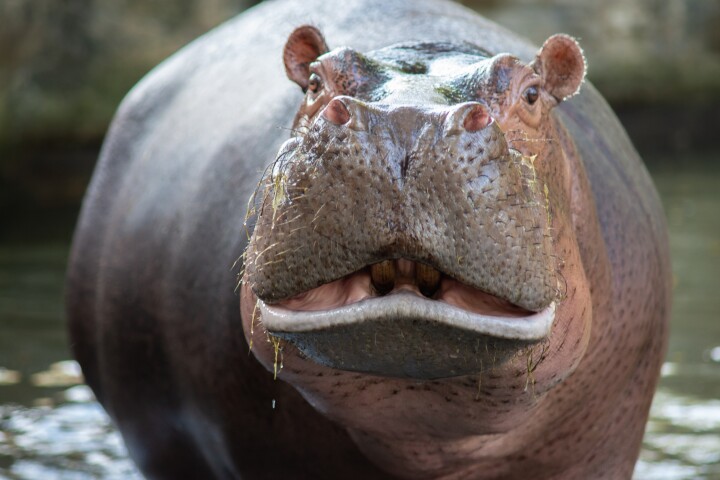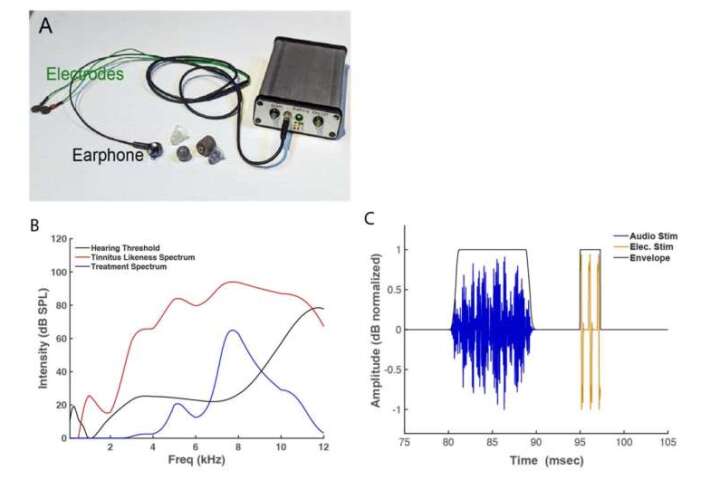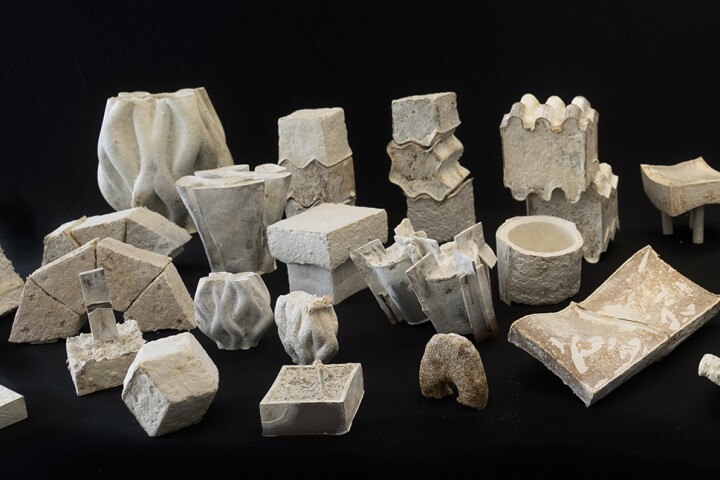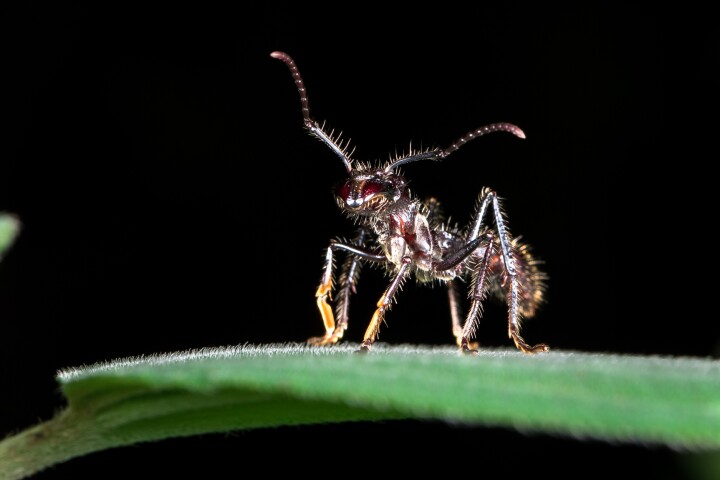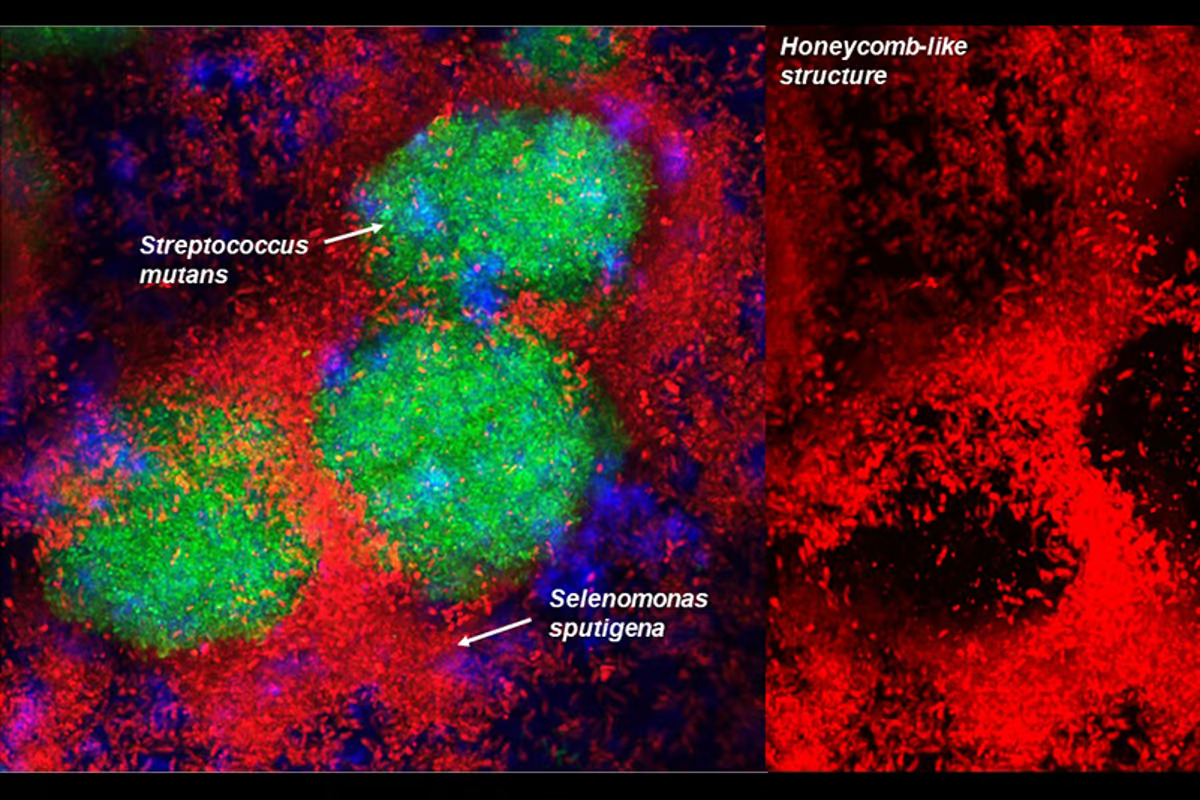 A closeup showing the honeycomb structures made by S. sputigena growing atop S. mutans bacteria. Hyun (Michel) Koo
A closeup showing the honeycomb structures made by S. sputigena growing atop S. mutans bacteria. Hyun (Michel) Koo
–
As your dentist has no doubt told you time and again, cavities are caused by plaque on our teeth. This plaque is technically a biofilm – a colony of bacteria that binds together to resist removal. The bacteria in these plaques basically turn sugary foods to acids that erode the protective enamel on our teeth, leading to cavities – or caries, as they are also known.
For years scientists have known that the bacteria known as Streptococcus mutans was the key driver of plaque formation in our mouths. Now, researchers at the University of Pennsylvania’s Penn Dental Medicine have figured out that S. mutans has a powerful helper known as Selenomonas sputigena.
It turns out that in forming its biofilm, S. mutans creates sticky structures called glucans. As the S. sputigena bacteria climb over these glucans using tiny appendages, they get caught. This triggers them to reproduce rapidly, forming a honeycomb-shaped superstructure that in turn seals up the S. mutans and protects them. Using animal tests, the Penn Dental Medicine team determined that this bacterial one-two punch dramatically boosts the production of acid and therefore leads to the severity of cavities.
“This was an unexpected finding that gives us new insights into the development of caries, highlights potential future targets for cavity prevention, and reveals novel mechanisms of bacterial biofilm formation that may be relevant in other clinical contexts,” said study co-senior author Hyun (Michel) Koo, a professor at Penn Dental Medicine.
While it might have been an unexpected finding, it’s not the first time Koo and fellow researchers from Penn Dental Medicine have identified microbiological cooperation at work in our mouths. Last year they discovered how a fungus teamed up with S. mutans to grow appendages that allowed the “superorganism” to crawl and leap across our teeth.
Koo went on to say that the most recent findings could lead to a better way to prevent cavities by developing enzymes that could disrupt the formation of the superstructures. He and his team plan to dig in deeper to understand the bacterial partnership further.
“This phenomenon in which a bacterium from one type of environment moves into a new environment and interacts with the bacteria living there, building these remarkable superstructures, should be of broad interest to microbiologists,” Koo added.
The study has been published in the journal, Nature Communications.
Source: Penn Dental Medicine
–










